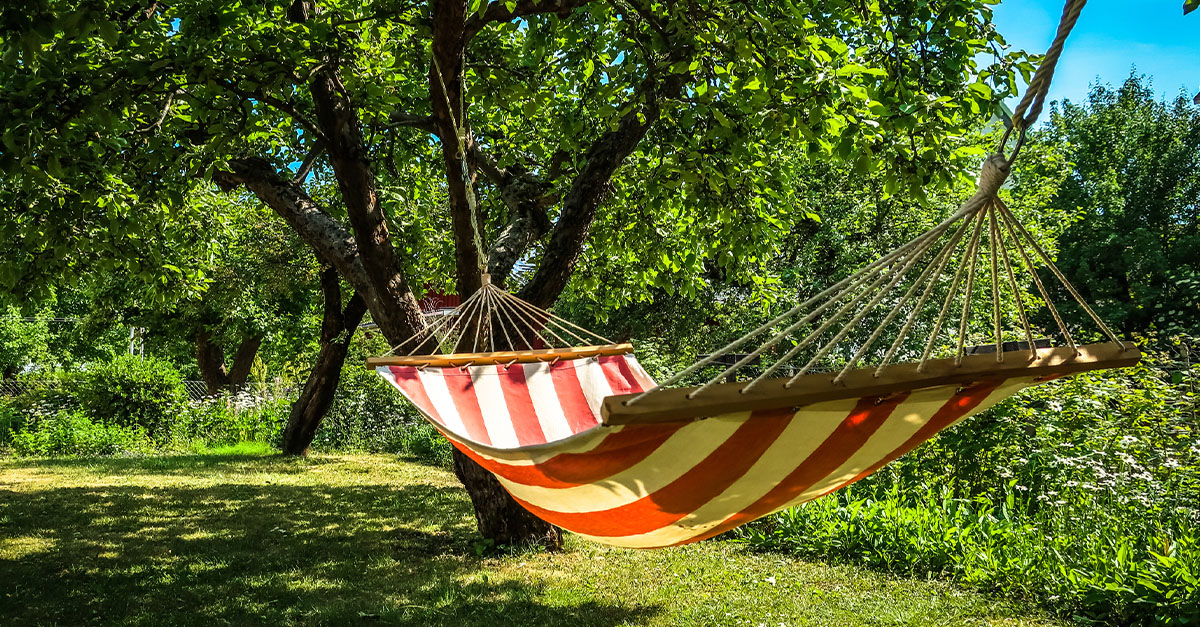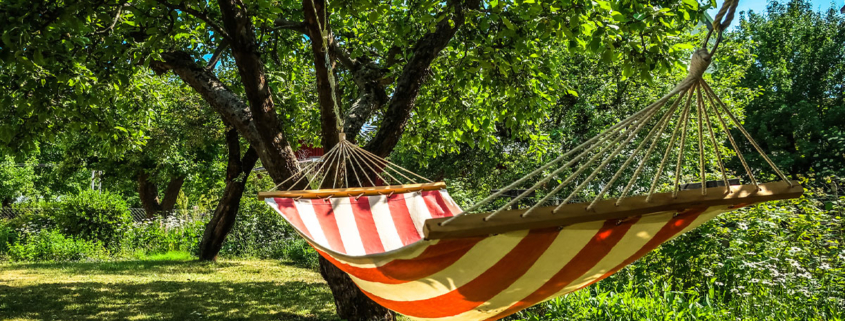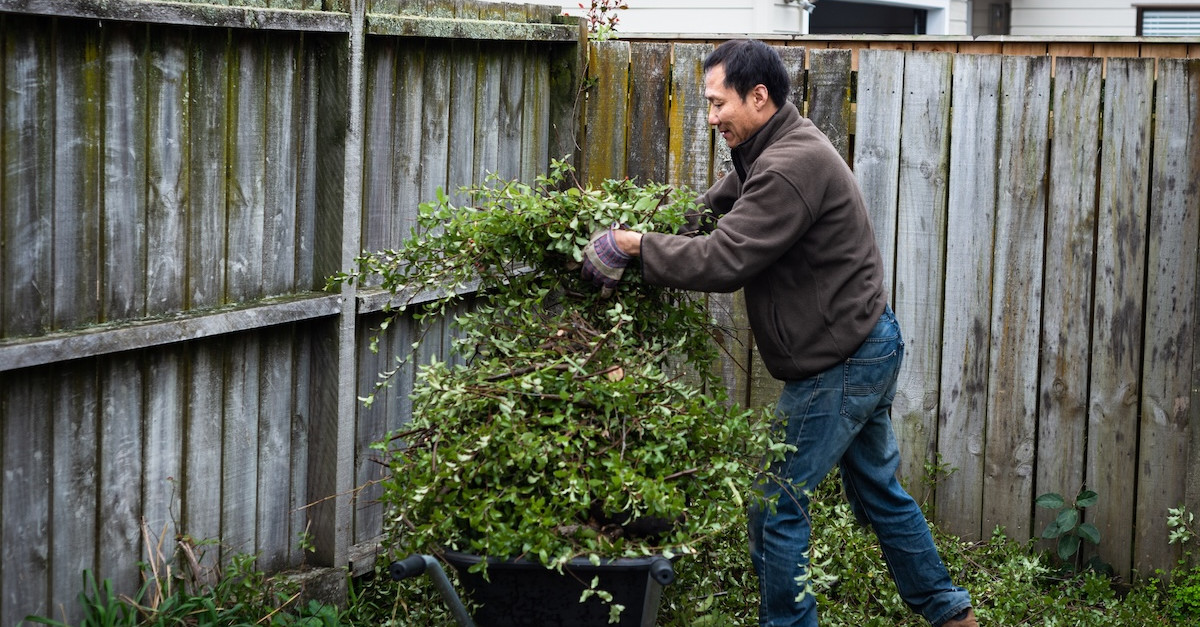The Best Trees for Hammocks and Swings
A gentle breeze and a shady spot on a warm summer afternoon… The only thing left to round out this backyard bliss is the relaxing back-and-forth sway of a hammock or swing. If you’re ready to recreate this retreat in your own outdoor space, tree selection will be a key element for success. While many trees can bear the extra weight of a swing or hammock safely, there are certain qualities to look for when selecting the right trunks and branches.
Here’s our roundup of what makes the best trees for hammocks, tire swings, and other suspended seats.
Sturdy Species: The Best Trees for Swings & Hammocks
First and foremost, a mature, healthy tree is a must for anything that swings. Not only could a newer tree fail to provide adequate support, but the strain could hinder its long-term growth. You’ll therefore want to select a sturdy, well-established tree with horizontal branches that meet the trunk in a U-shape. This setup will serve as a stable system for attaching swings and hammocks.
Most hardwood species will fit the bill. Here are a few varieties in particular to consider:
Oak
Towering up to 100 feet tall, oak trees have strong, elevated branches that are well-suited for swings. Many species are resilient against a variety of weather patterns and can thrive in diverse soil conditions. If you’re planting a sapling for future swing support, we’re partial to the southern live oak, the official state tree of Georgia.
Maple
Known for their vivid displays of fall foliage, the majestic maple can grow upwards of 90 feet at its tallest. Steer clear of smaller, ornamental varieties when choosing a swinging spot, since their branches won’t offer enough strength or stability.
Beech
A mature American Beech tree can climb over 100 feet and will produce strong, horizontal branches perfect for soaring and swaying alike. Their beechnuts also attract a host of wildlife, so you may wind up sharing your space with critters like squirrels and birds, too.
The best trees for hammocks will also bear these features, but the added challenge is that you’ll need two within close proximity, but not so close that they could harm each other. A pair of sturdy trunks roughly 10 to 15 feet apart will provide stable points for fastening your hammock’s suspension system. Situate the ropes at a 30-degree angle on each side: this tends to be the sweet spot for creating just enough tension.
Additional Swing Spot Considerations
In addition to selecting the right tree type, there are a few final qualities to look for when setting up your swing. For one, choose a clear patch in your yard with a soft landing zone. This is especially important for tire and seat swings, but hazards can happen in hammocks, too. Avoid boulders, jagged surfaces, steep hills, and other potential hazards for the safest experience.
Lastly, inspect your tree for signs of damage before suspending your swing. Cracks, splits, pests, rot, and hollow sections are a few red flags to avoid.
Schedule a Tree Check-Up With Premier Tree Solutions
Sometimes, signs of a tree problem can be sneaky. If you’d like a checkup for any of the trees on your property, message Premier Tree Solutions for a free evaluation. Our experts can assess the structural integrity of your mature trees to see which are safest for swinging — and which, if any, could pose a hazard. You can also reach us by calling (404) 252-6448.
As an Amazon Associate, Premier Tree Solutions earns from qualifying purchases.










